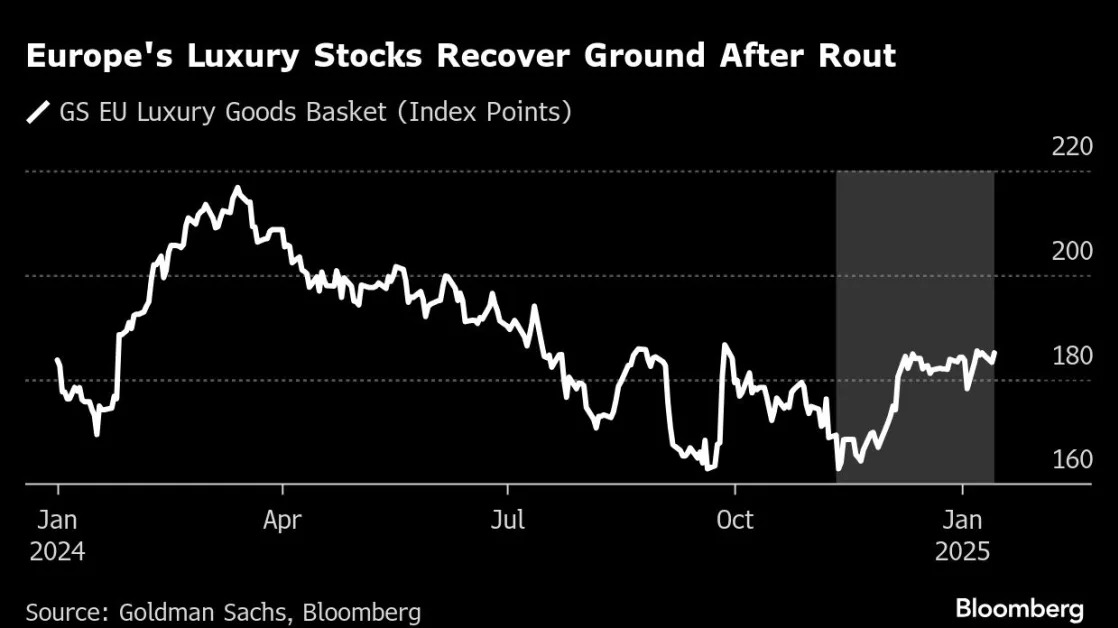(Bloomberg) -- Oil notched its fourth straight weekly gain, the longest run since July, as US sanctions posed growing risks to global supply in a market already tightened by cold weather.
West Texas Intermediate was up almost 2% for the week, even after retreating below $78 a barrel on Friday. The Biden administration’s harshest ever curbs on Russian oil have shaken up markets, with freight costs rocketing and long-standing buyers of the country’s crude, including China and India, looking elsewhere for supplies.
Market participants are also recalibrating their outlook three days ahead of President-elect Donald Trump’s inauguration. Prices whipsawed on Thursday as traders parsed clues on the incoming administration’s sanctions stance. Trump’s advisers were reportedly considering relaxing the curbs to enable a Russia-Ukraine accord, while Treasury secretary nominee Scott Bessent said he would support dialing up measures targeting the Russian oil industry.
“The Russian sanctions on 183 oil tankers have been the focus for crude prices,” said Dennis Kissler, senior vice president of trading at BOK Financial Securities. “The latest crude strength has been impressive, with tight near-term supplies, as buyers became aggressive once the sanctions on Russia were supported by both presidential administrations.”
Trump has also threatened to impose tariffs on imports from Canada, including its oil. While the federal government is pushing back, the leader of its largest oil-producing province is resisting efforts to include curtailing or taxing crude shipments as potential countermeasures.
Meanwhile, traders weighed mixed economic signals out of China, the world’s largest crude importer. The nation hit the government’s growth goal last year after a late stimulus blitz and export boom turbocharged activity. At the same time, China’s oil refining volumes declined by 1.6% last year as the shift to electric vehicles gained pace. Looming US tariffs also threaten to take away a key driver of expansion.
Crude has rallied almost 9% this year as cold weather in the Northern Hemisphere winter pushes up heating demand and depletes US crude stockpiles to seasonal lows.
To get Bloomberg’s Energy Daily newsletter in your inbox, click here.
--With assistance from Yongchang Chin.





